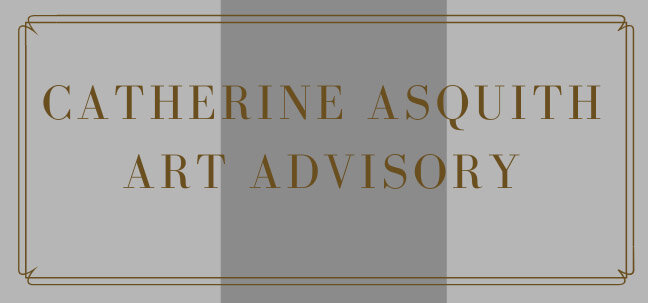Lot 6, John Brack (1920-1999), Laughing Child, (detail), 1958, oil on canvas, signed and dated 'John Brack 58' upper right, 45.8 x 40.8 cm frame: original, John Brack, Melbourne
Smith & Singer’s return to the podium, albeit post-covid19 lifting of restrictions, presented an exemplary inventory of anticipated Australian iconic artists: Boyd, Brack, Blackman, Nolan, and Perceval. A total of $6,620,940 was realised for this quality auction, with a sale rate by value of 111% and by quantity, 87%, which is impressive given the current conditions impacting our market.
The featured work for the auction, and indeed a highlight of the evening sale was John Brack’s “Laughing Child” (Lot 6), a work ‘very’ fresh to market selling to a telephone bidder for $915K against an estimate of $400 to $600K.
Other notable sales which raced past their high estimates were Arthur Boyd’s 1976 softened palette rendition of a favoured subject, “Evening, Shoalhaven River” selling for $70,760 (incl. BP); Sidney Nolan’s oil on paper, “Kelly Head” enjoyed some spirited bidding, finally selling for $30,500 (incl. BP) against an estimate of $10 to $15K; and a wonderful ink & collage on paper by Brett Whiteley “The Owl” (1983) realised an impressive $73,200 (incl. BP) against an estimate of $30 to $49K.
Bidding for Arthur Streeton’s intimate “Bridge in New Norfolk, Tasmania” of 1938 wasn’t curtailed by its speckled provenance, with inclusions in previous auctions (Leonard Joel in 1972 and Sotheby’s in 2003) bouncing to almost double its high estimate of $150K with a winning bid of $292,800 (incl. BP).
A good, solid biographical provenance for Ethel Carrick’s 1903 oil on canvas “The Market, Caudebec” no doubt inspired confident bidding well above the high estimate of $180K to achieve $274,500 (incl. BP).
Notwithstanding the title of the sale as denoting International works, there were only 4 lots in this category, which nevertheless included a good, tabletop sculpture by Antony Gormley, Lot 57, and with a market ready estimate of $180 to $220K, still failed to sell. Possibly Australian secondary market buyers are still seeking ‘reliable’ Australian works.
Charles Blackman’s 1961 oil on composition board “Double Image III” was clearly a challenging proposition on the night, failing to entice bidders, but with swift aplomb by S & S circulating a “Private Sale” newsletter a few days later, the work sold for an undisclosed sum.
Although for the most part, contemporary practising artists do not ‘warm’ to their works going to auction, the Alexander McQueen of Lot 53, “Strong Tower” (2009) reached almost parity with the artist’s retail values, selling for $42,700 (incl. BP).
Was it a case of preference for nude bathing women over pasturing cows? Lot 23, “The Bathers” the later of the two McCubbins included in the sale, did sell, although it was knocked down for below its low estimate, for $360K on the hammer. McCubbin’s 1886 “Winter at Nunawading” was for me, the more appealing, but clearly not for the room on the night.














